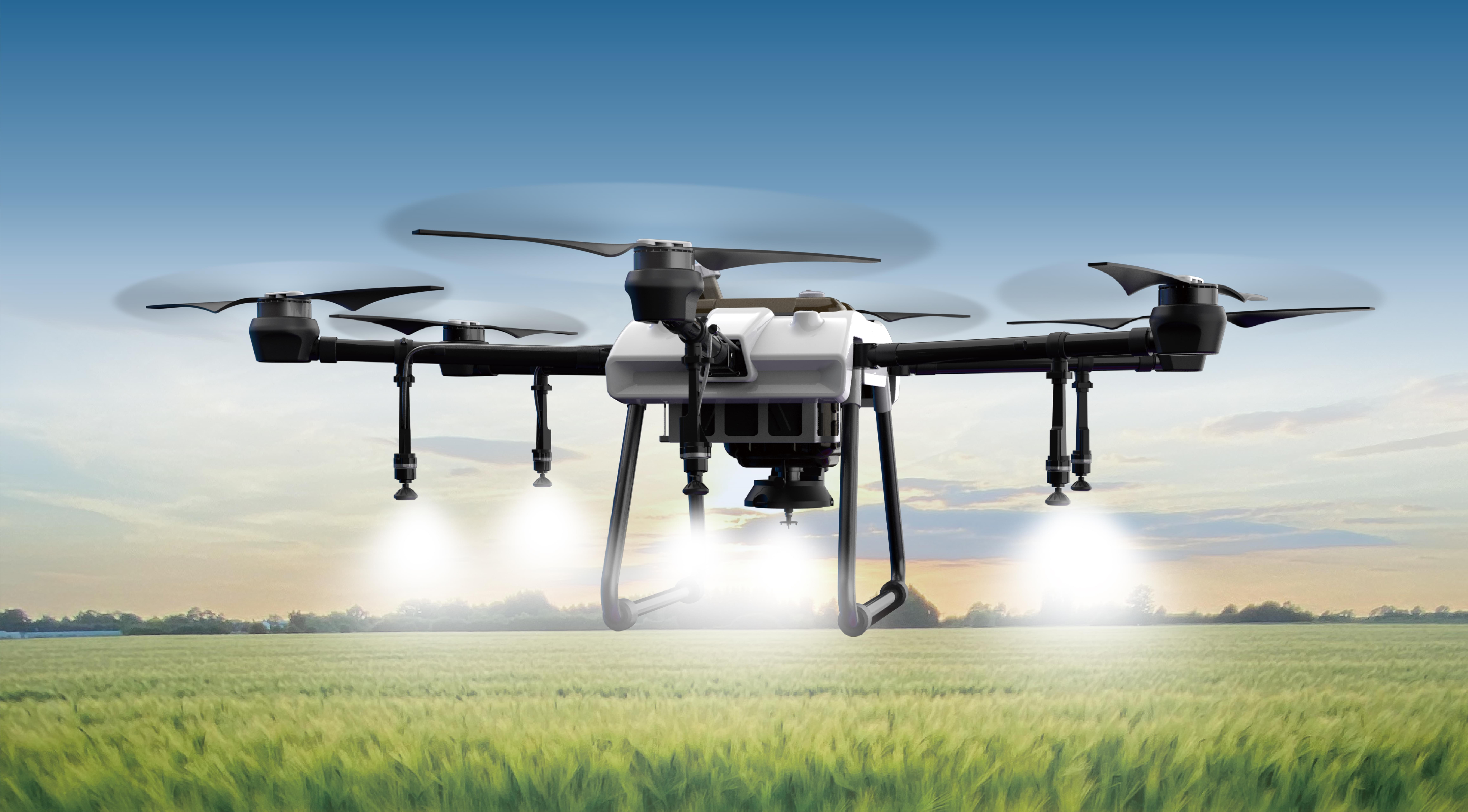Imagine a world where your creative ideas can come to life with just a few lines of code. Welcome to the fascinating universe of Arduino — an open-source electronics platform beloved by hobbyists, students, and professional engineers alike. Whether you're looking to build a robotic arm, automate your blinds, or develop a remote-controlled vehicle, understanding how to control a servo motor with Arduino is an essential skill.

Servo motors are marvels of engineering, known for their precise movement capabilities. They can rotate to a specified angle and hold that position, making them ideal for applications where accuracy is key. From animatronics to CNC machines, servo motors are everywhere. But controlling them might seem intimidating at first — until you realize how straightforward it can be with Arduino.
Understanding the Servo Motor Before delving into the coding, it’s good to grasp the basics of what a servo motor does. Unlike regular DC motors that spin continuously, servo motors are designed to turn to specific angles — usually between 0° and 180° — based on the control signals they receive. These signals are pulse-width modulated (PWM), meaning the width of the pulse determines the position of the motor shaft.
A standard servo motor module typically has three wires: power (usually red), ground (black or brown), and control (white, yellow, or orange). The control pin receives PWM signals from the Arduino to command the motor’s position.
Getting Started: Hardware You Need To begin your journey into Arduino servo control, gather the essential components:
An Arduino board (Uno, Mega, Nano, etc.) A servo motor (such as the SG90 or MG996R) Breadboard and jumper wires Power supply (if you're using multiple or larger servos) You might also want a potentiometer or sensors for more interactive projects
Basic Setup and Wiring The wiring is straightforward:
Connect the power wire of the servo (red) to the 5V pin on the Arduino. Connect the ground wire (black/brown) to the GND pin on Arduino. Connect the control wire (white/yellow/orange) to a PWM-capable digital pin, for example, pin 9.
Installing the Servo Library Before coding, ensure the Servo library is available. It usually comes pre-installed with the Arduino IDE, but if not, you can add it through the Library Manager.
Writing Your First Arduino Sketch for Servo Control Let’s craft a simple program that moves the servo to a specific position:
#include Servo myServo; // create servo object to control a servo void setup() { myServo.attach(9); // attaches the servo on pin 9 } void loop() { myServo.write(0); // tell servo to go to position 0 degrees delay(1000); // waits 1 second myServo.write(180); // tell servo to go to position 180 degrees delay(1000); // waits 1 second }
This very basic code makes the servo swing back and forth between two positions. The write() function specifies the angle, and delay() provides a pause so you can see the movement.
Enhancing Your Code: Dynamic Control with Potentiometers Once comfortable with static positions, you can make your servo respond to user input through a potentiometer:
#include Servo myServo; int potPin = A0; // analog pin for potentiometer int val; // variable to read the value void setup() { myServo.attach(9); } void loop() { val = analogRead(potPin); // read the potentiometer int angle = map(val, 0, 1023, 0, 180); // scale it to 0-180 myServo.write(angle); // set servo to the mapped angle delay(15); // wait for the servo to reach position }
This code makes the servo’s position follow the potentiometer's rotation, giving you manual control.
Troubleshooting Tips
If the servo jitters or doesn’t move, ensure it’s powered adequately. Larger servos need external power sources. Confirm wiring connections are secure. Use Serial.println() statements for debugging if the servo behaves unexpectedly.
Advancing Your Projects Once mastering basic positioning, you might explore:
Continuous rotation servos for robot wheels Programming smooth acceleration/deceleration Creating complex motion sequences with timing controls
In this stage, integrating sensors like distance or touch sensors will elevate the interactivity, making your projects more dynamic.
Leveraging innovations in modular drive technology, Kpower integrates high-performance motors, precision reducers, and multi-protocol control systems to provide efficient and customized smart drive system solutions.




































